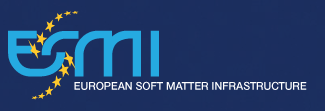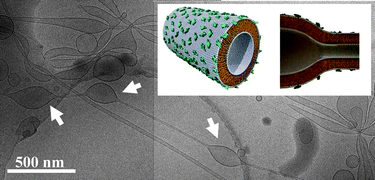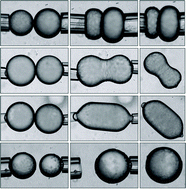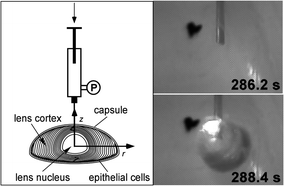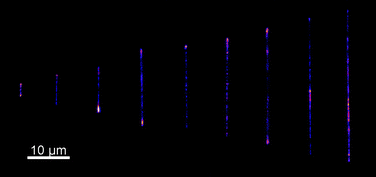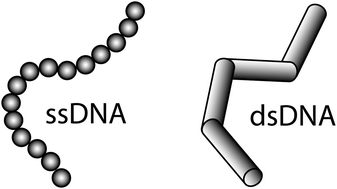The latest top ten most downloaded Soft Matter articles
See the most-read papers of June 2011 here:
Janus particles at an oil–water interface
Bum Jun Park, Teresa Brugarolas and Daeyeon Lee
Soft Matter, 2011, 7, 6413-6417
DOI: 10.1039/C1SM05460K
Self-assembling peptide–polysaccharide hybrid hydrogel as a potential carrier for drug delivery
Renliang Huang, Wei Qi, Libin Feng, Rongxin Su and Zhimin He
Soft Matter, 2011, 7, 6222-6230
DOI: 10.1039/C1SM05375B
Morphology of polymer-based bulk heterojunction films for organic photovoltaics
Matthias A. Ruderer and Peter Müller-Buschbaum
Soft Matter, 2011, 7, 5482-5493
DOI: 10.1039/C0SM01502D
Deformation modes of complex fluid interfaces
Philipp Erni
Soft Matter, 2011, Advance Article
DOI: 10.1039/C1SM05263B
Liquid marbles: principles and applications
Glen McHale and Michael I. Newton
Soft Matter, 2011, 7, 5473-5481
DOI: 10.1039/C1SM05066D
Tuneable mechanical properties in low molecular weight gels
Lin Chen, Jaclyn Raeburn, Sam Sutton, David G. Spiller, James Williams, James S. Sharp, Peter C. Griffiths, Richard K. Heenan, Stephen M. King, Alison Paul, Steve Furzeland, Derek Atkins and Dave J. Adams
Soft Matter, 2011, Advance Article
DOI: 10.1039/C1SM05827D
Stimulus responsive nanogels for drug delivery
Liusheng Zha, Brittany Banik and Frank Alexis
Soft Matter, 2011, 7, 5908-5916
DOI: 10.1039/C0SM01307B
Polylactide (PLA)-based amphiphilic block copolymers: synthesis, self-assembly, and biomedical applications
Jung Kwon Oh
Soft Matter, 2011, 7, 5096-5108
DOI: 10.1039/C0SM01539C
Janus particles
Andreas Walther and Axel H. E. Müller
Soft Matter, 2008, 4, 663-668
DOI: 10.1039/B718131K
Self-assembly of double hydrophilic block copolymers in concentrated aqueous solution
Adam Blanazs, Nicholas J. Warren, Andrew L. Lewis, Steven P. Armes and Anthony J. Ryan
Soft Matter, 2011, 7, 6399-6403
DOI: 10.1039/C1SM05771E











